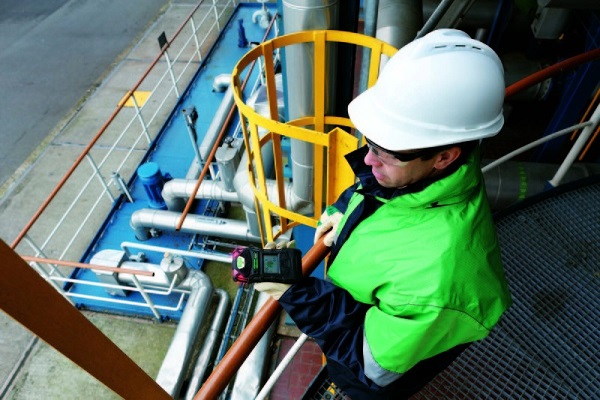Gas detection systems are used to measure and indicate the concentration of certain gases in the air. Usually used for safety purposes, gas detection systems often use battery operated devices designed to prevent toxic exposure and fire.
Manufactured as stationary or portable units, gas detectors work by indicating high levels of gases through a series of visible or audible indicators like lights, alarms or a combination of signals. While older gas detector models were designed to detect one gas, modern models featuring multifunctional options, are capable of detecting several gases at once. Gas detection systems can use individual units to monitor small work environments or combined or linked-together units to create a protection system.

Since gas detectors measure a specific gas concentration, the sensor response works as the reference point or scale. When the sensors response reaches a settle level, an alarm is activated to warn the user. Gas detection Australia suppliers offer different equipment models, but the majority of them serve the same function – to monitor and warn of a dangerous gas level.
When visiting gas detection Australia suppliers looking to buy a gas detector unit, you will need to consider what type of equipment best suits your needs and their different sensor technologies.
Gas Detector Technologies
What categorizes a gas detector is the type of gas it detects. It can be combustible or toxic. It is also categorized by the technology it uses:
- infrared and catalytic sensors technologies, or
- metal and electrochemical oxide semiconductor technologies.
Measurement of Combustible Gases
Catalytic sensors are the most common type of gas detector available on the market. They are used to detect combustible gases such as hydrocarbon and work via catalytic oxidation. Infrared sensors rely on a system of transmitters and receivers to detect combustive gas, specifically hydrocarbon vapors.
Measurement of Toxic Gases
Electrochemical sensors work via electrodes signals and are highly used for the detection of toxic gases such as nitrogen oxides, chlorine and carbon monoxide. Metal sensors are also used for detecting toxic gases but use a gas sensitive film that is composed of tungsten oxides.
Gas Detector Common Applications
Gas detectors can be used for home and commercial applications as well as in various industrial settings. Examples include nuclear plants and welding shops to detect combustibles and toxic. Gas detectors are also very efficient in confined work spaces where there is no continuous employee occupancy. To find a best gas detector for your application visit a gas detection Australia supplier to meet a professional who will help you select the best configuration for your needs.
























